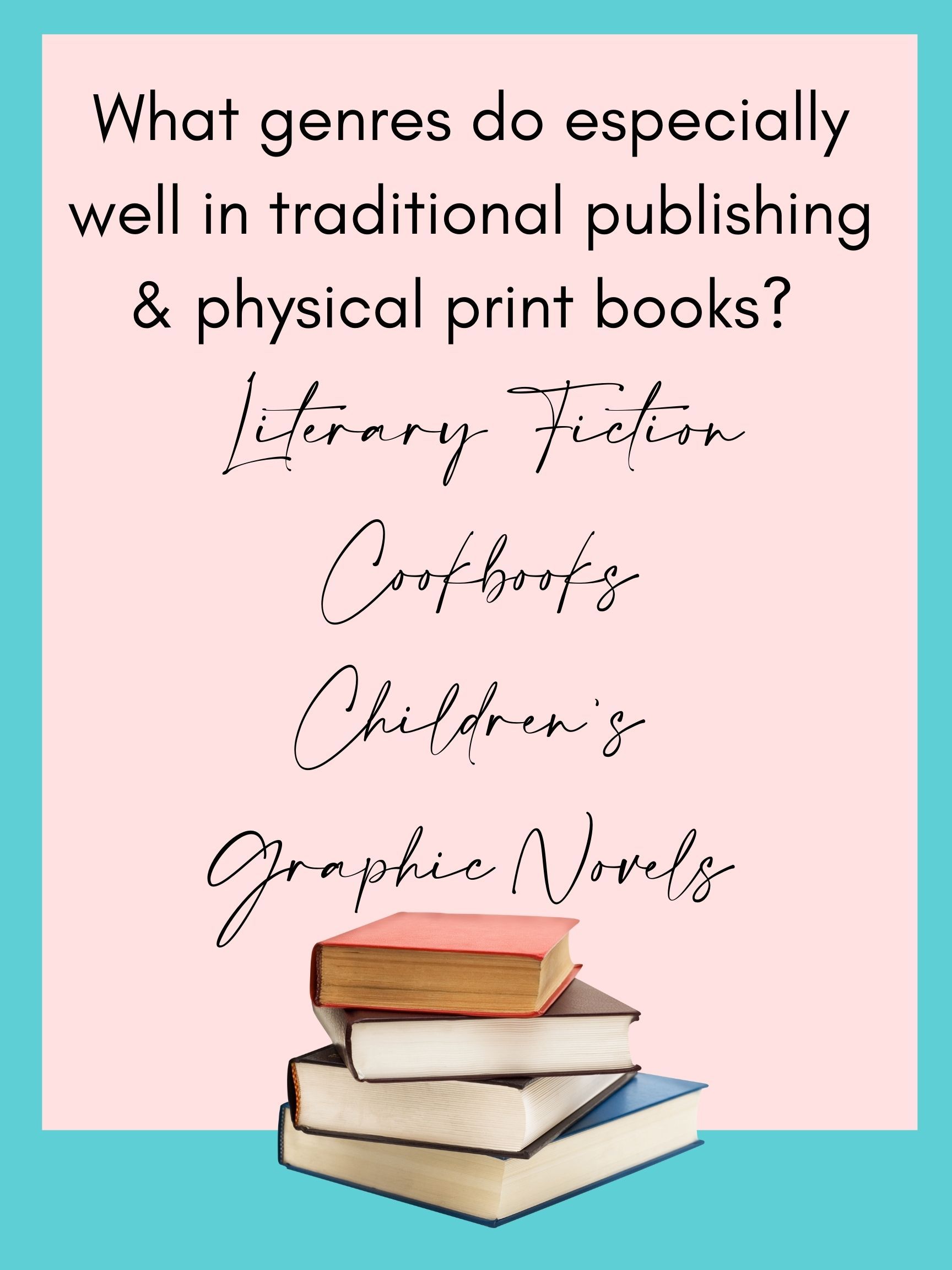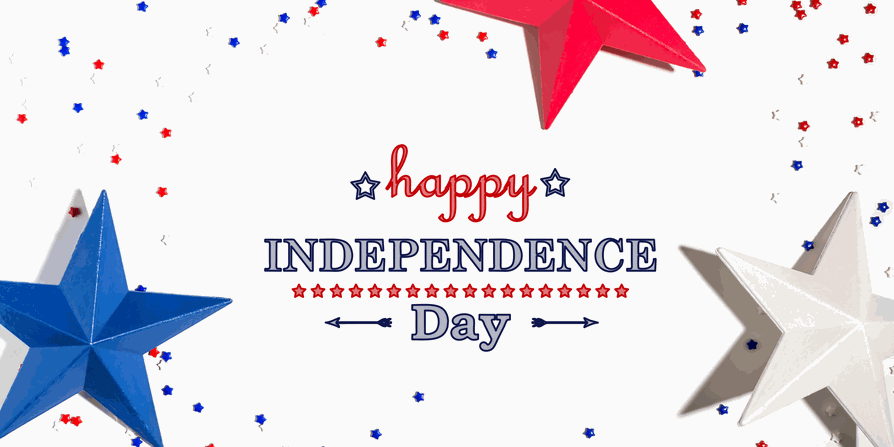Writing a book is an incredible ambition and for entrepreneurs it has many advantages. Establishing yourself as an expert and having a book out there is a great way to gain exposure and grow your business.
The good news is that it’s never been easier to publish a book. The bad news is that it’s never been easier to publish a book.
I worked for Barnes & Noble for 10 years specializing in author events. I worked with major publishers, subsidy publishers, and self-published authors to plan, promote, and source books for hundreds upon hundreds upon hundreds of events. For years I spent each day working with incredibly knowledgeable people. I saw authors reach insane heights of success, and others crash and burn. I saw the good, the bad, and the ugly of each side of the dice.
As an entrepreneur, you don't want to waste time and energy on something that isn't going to grow your business. To get your book published and to get it done right, it’s important to have a thorough understanding of the three different publishing paths you can take, and their pros and cons.
TRADITIONAL PUBLISHING
Whether you realize it or not, this is the method almost everyone is most familiar with. If you walk into a Public Library or Target, any book you see on their shelves is traditionally published. If you walk into a bookstore, chances are 99% of the books are traditionally published. Many think traditional publishing is the more challenging route because of the gatekeeping aspect; you have to be chosen. But when looking at the benefits and seeing if jumping over those hurdles are worth it, it’s all about what you want to get out of publishing your book.
PRO: Prestige. If you get your book traditionally published it means that you were selected from a pool of thousands. You’ve done the same thing people who’ve won the Pulitzer Prize have done. Anyone can get in a pool and swim, but not everyone gets to go to the Olympics, and traditional publishing is the Olympics of the book world.
CON: Longer turnaround time. Just because you’ve completed your book and a publisher bought it, doesn’t mean it’s ready to go. When you sign on the dotted line it will be at least a year or two before your book is on the shelves. You work with an editor and a copyeditor (there’s a difference) for a long while, while other teams work on marketing, cover design, formatting, working with buyers, and more. And let’s not forget that traditionally published books have a different printing process that also requires more time.
PRO: Cash Advances. You pay nothing to the publisher, YOU get paid. When your book sells, you get an advance. Meaning you get paid when you sign your contract. The average cash advance for a first-time author is generally between $5,000-$50,000. This doesn’t include royalties you’ll receive later on for each book sold. 6 and 7 figure deals definitely happen but are less frequent for first-time authors. And bonus: the publisher assumes all the risk. If your book flops, you still get paid.

CON: Less creative control. Signing on with a traditional publisher means that while they may be in love with your book, they still have a team of people who have published thousands of books before yours and they utilize their expertise in bringing your book to life. While it’s possible to negotiate certain things like cover approval, it’s more likely that the packaging of the book will be the final say of the publisher, not you.
PRO: Visibility and reach. Basically, your book will be in bookstores across the land. The marketing and negotiation it takes to get your book in front of consumers and in their hands is intense. The publisher handles it all and you can rest easy.
CON: Lower royalties. You get paid up front, but the publisher doesn’t. You’ll get royalties from future sales but given that you’re the only person who gets a pay day up front, the margin you'll receive per unit sold will be smaller compared to self-publishing.

SELF-PUBLISHING
Self-publishing has been around in some form or another for hundreds of years, but it’s only in the last twenty or so that it became hugely accessible thanks to the internet and the rise of print-on-demand services. It has never been easier to publish your own book! Here are the pros and cons:
PRO: Full creative control. You are the decider of every detail. The cover, the font, the price, every word printed must have your stamp of approval. No arguing with people who claim to know better. Your vision is your vision.
CON: It’s all on you. While you’ll more than likely reach out to specialists to help with cover design, formatting, etc. the project really lies solely on your shoulders. Purchasing an ISBN, selecting a printer, distribution, marketing, and beyond. It’s a heck of an undertaking.
PRO: Much quicker turnaround. Since you’re in the drivers’ seat, the turnaround time to publish your book won’t be anywhere near as long as traditional publishing.
CON: It will cost money. Taking on the role as the publisher, means you’re responsible for all the costs. That being said, self-publishing is usually much cheaper than subsidy publishing.
PRO: You select your own team. Unlike traditional publishing and subsidy publishing, you get to pick who you work with. You can ensure that everyone on your team not only has the skills to deliver but shares your vision.
CON: It’s harder for your book will make its way to bookstores. While not impossible, seeing your book on the shelves at Barnes & Noble is unlikely when you go the self-publishing route. There are things you can do to increase those odds, but that’s a much longer topic that we’ll be sure to cover in a future blog.
SUBSIDY PUBLISHING
This is a third option that’s often a bit misrepresented. When weighing your options of which route you want to go, it’s important to have an accurate understanding of what subsidy publishers really do. A subsidy publisher takes on clients to publish their books, but charges higher prices in “done for you” packages.
PRO: It’s done for you. You hand over your book and they take it from there. They design the cover, format it, acquire the ISBN, handle the printing, etc.
CON: You must pay to play. It usually costs a lot of money to go with a subsidy publisher. Much like traditional publishers they have their own in-house team that does everything for you. But it's important to note that while traditional publishers have a goal of turning a book into a hit, subsidy publishers often make the majority of their profit from the money you pay up front, so they don't always look beyond what happens when the book is complete.
PRO: You have a publisher. While a subsidy publisher is different from a traditional publisher, they are still a publisher. So, if you want the cachet of being able to have that hair flip moment when you’re talking about your publisher, this is the quicker way to do it!
CON: It’s still up to you to market your book. Even with all the costs of subsidy publishing, the primary marketing is still on you. Some subsidy publishers will offer packages that include marketing and events, but on their end it’s usually a form email that’s sent to generic bookstore email addresses. Real results in this arena come from the marketing that you do.
PULLING IT ALL TOGETHER. How do you decide which you want to do?
1.) Think about your primary goals. Do you want to have a physical book that’s recognizable across the globe? Do you want to have a physical book available for purchase at your speaking engagements? Do you want a free e-book available to reel in potential clients? Is the bottom line to sell a lot of books and make a lot of money? Think on your immediate, primary goals when you’re making the decision of how to publish. And be honest with yourself about how much of a positive impact this will have on your business. Two of the three publishing avenues take money, but they all take time. As an entrepreneur, you want to be mindful of how much time is getting taken away from your business to make this happen.
2.) Think about the genre you write. This is an important one. There are very clear-cut genres that do well in traditional publishing versus self-publishing and vice versa. The same goes for print versus e-books. Usually genres that do well as e-books are the ones that are top-performers in self-publishing, while genres that dominate print tend to excel in traditional publishing. Don’t ignore these realities when making this decision.
3.) Think about your audience and your existing platform. How much organic reach do you have? Aka: with your current pool of friends, family, clients, and fans- how many books could you sell? Between your business, social media following, and any speaking engagements, could your platform quadruple that number to make those larger profit margins worth it?

The long and short of it is that there’s no inherent right or wrong way to publish, but there may be a right or wrong way for you based on your ultimate goals. Google is your friend, but also ask your peers who’ve done it. Ask about their experiences AND long-term results. Never pick a path without consulting people who can speak to first-hand experience with all three.









